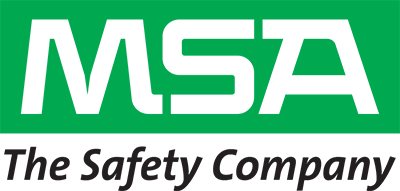Transforming Gas Calibration
ACD calibration gas replaces calibration gas cylinders as a more cost-effective, versatile, accurate, and environmentally-friendly alternative, providing the ultimate in NIST traceable certified calibration gas standards.













Calibration has never been safer or more efficient.
Advanced Calibration Designs are set apart from all other gas suppliers by providing calibration gas standards that are superior to the previous approaches to calibrating gas detection monitors for the health and safety industries.

Adjustable Flow & Concentration
Lowest concentrations with adjustable flow rates of all NIST traceable certified calibration gas on the market

Portable & Safe
ACD has eliminated the need to store hazardous gas cylinders and created calibration gas that is safe to store and ship!

All Encompassing Solutions
The unique approach to generating certified calibration gases on demand means that ACD can provide solutions for gases that previously had none.

Calibration FAQ's
Why do I need to calibrate my gas monitor?
Generally, gas monitors are placed in potentially hazardous areas that are damaging to monitor systems, causing degradation over time. Zero and span levels will vary as the gas sensors age and are exposed to harsh environments. All sensors have finite lifespans and must be replaced periodically, and to test that the sensors are responding correctly, each sensor needs to be exposed to the gas that it is detecting to confirm it is working and is reading accurately. This ensures safety in the workplace, preventing the frustration of false alarm conditions. Many sensors will read zero concentration, appear to be working, and read zero when exposed to gas when they are no longer working. Bump testing and calibration will confirm if the sensor in question is indeed working correctly.
How do I calibrate my gas monitor?
Calibrating a gas detector is the process exposing the sensor to a known zero air source, adjusting the sensor to read zero, adjusting it to a known concentration of the gas that is in question, then adjusting the sensor to read that value. The best calibration gas concentration would be near the alarm level of the sensor in question, ensuring the highest accuracy at that level.
How often do I need to calibrate my gas monitor?
There are no hard and fast rules governing the frequency that your sensor needs to be calibrated. General guidelines are suggested by your manufacturer for the system you have. In general, you should calibrate your sensors on a fixed schedule and then see how it responds. If you start by calibrating them every week, and you notice they are always right on the span and zero values, you may move the frequency back to every other week and go from there. It is really hard to give general rules because every environment is different, but certainly calibrate your sensors after any event, such as a leak in that area where the sensor has come in contact with the gas. We suggest that a new system start with a periodic calibration as suggested by the manufacturer, and then adjust it as you monitor the performance of your system from calibration to calibration.
